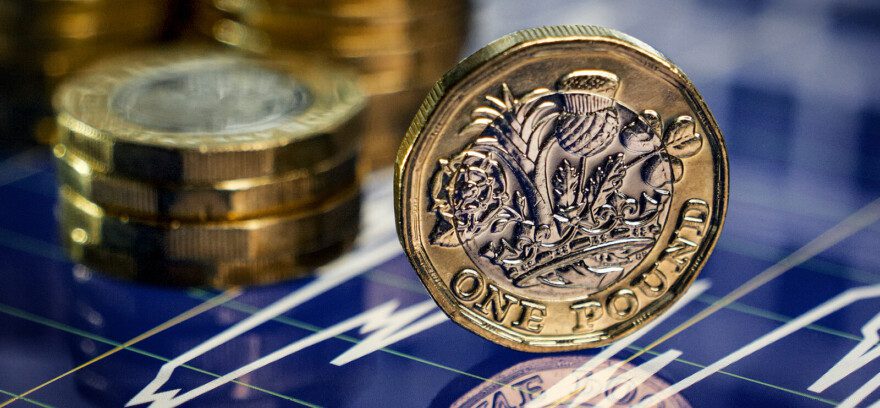UK markets made a positive start to the new year, with the FTSE 100 index rising by 2.25% to trade at 7,650 points at the time of writing. Markets have been boosted by further signs that inflation may be peaking in the Eurozone and optimism surrounding China’s reopening.
In his first major speech of 2023, Prime Minister Rishi Sunak vowed to curb inflation, shore up the economy and reduce the national debt.
The Halifax house price index in the United Kingdom increased 2% year-on-year in December of 2022, slowing from a 4.6% gain a month earlier and pointing to the slowest pace of growth seen since October 2019. House prices fell 1.5% compared to the previous month, marking the fourth straight month of declines.
Electricity prices in the UK bottomed below £200 per megawatt hour, a level not seen since last June, after unseasonably warm weather across the UK and Europe in recent months curbed demand and eased the stress of the country’s energy systems.
Commodity markets
In the commodity markets, Brent Crude futures traded around $79 per barrel on Friday and are down more than 7% this week, as a surge in Covid cases in China clouded the near-term demand outlook in the world’s top crude importer. Hawkish signals from the US Federal Reserve also weighed on demand, fuelling fears of a recession. The latest Energy Information Administration data showed that US fuel inventories declined sharply last week following a winter storm in the US, providing some support to oil prices on Friday. Natural Gas futures fell over 15% this week to their lowest level in a year, dragged down by expectations of lower heating demand.
Gold traded around $1,835 an ounce on Friday, retreating slightly from multi-month highs, as investors look ahead to a key US jobs report that could shed light on the Federal Reserve’s policy tightening path. Concerns over the health of the US economy have continued to support gold prices, as the latest US manufacturing and services PMI data indicated weakening activity in the world’s largest economy.
US equity markets
US equity futures were little changed on Friday, after the major averages closed sharply lower during Thursday’s session, as investors look ahead to the December jobs report later today. In Thursday’s regular trading session, the Dow Jones Industrial Average fell 1.02%, the S&P 500 dropped 1.17% and the Nasdaq Composite declined 1.47%. The moves came as data showed that US private companies added more jobs than expected in December, giving the Federal Reserve room to keep raising interest rates.
The US economy likely added 200,000 jobs in December of 2022, the least since December of 2020, after a 263,000 rise in November. However, a strong reading pointing to a resilient labour market will likely exacerbate rate hike concerns. The unemployment rate in the US is seen steady at 3.7%, near a 50 year low. Minutes from the Federal Reserve Open Market Committee’s December meeting showed that policymakers are committed to pushing interest rates higher and holding them at a restrictive level until there are clear signs that inflation is easing.
The information provided in this communication is not advice or a personal recommendation, and you should not make any investment decisions on the basis of it. If you are unsure of whether an investment is right for you, please seek advice. If you choose to invest, your capital may be at risk and the value of an investment may fall as well as rise in value, so you could get back less than you originally invested.
